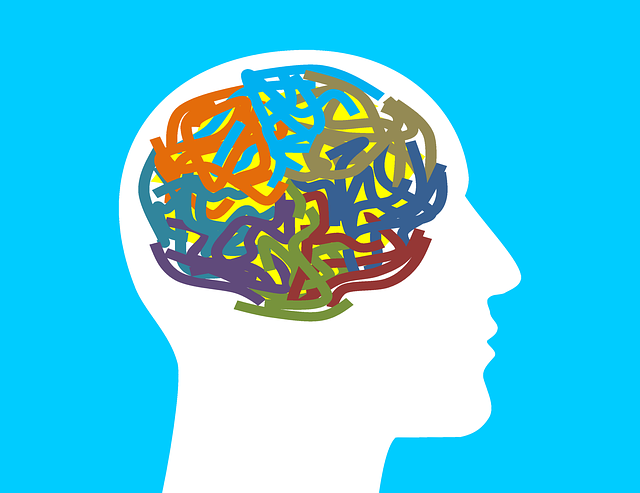Body dysmorphia, a mental health condition characterized by a distorted view of one's body, significantly impacts daily life. It leads to severe anxiety, depression, and suicidal thoughts due to an intense focus on perceived flaws. Effective treatments include therapy, cognitive behavioral techniques, and medication, with compassionate assessments vital for personalized interventions. An empathetic approach, led by mental health professionals, creates safe spaces, encouraging individuals to reframe distorted perceptions through mindfulness, self-compassion, and positive self-focus.
Body dysmorphia, a condition characterized by an intense dissatisfaction with one’s physical appearance, can significantly impact an individual’s quality of life. This article delves into the transformative power of compassionate assessments in facilitating recovery from body dysmorphia. We explore the role of empathy in mental health evaluation and present strategies to promote healing through empathetic approaches. Understanding and addressing body dysmorphia requires a nuanced, caring perspective for effective long-term management.
- Understanding Body Dysmorphia: A Comprehensive Overview
- The Role of Compassion in Mental Health Assessment
- Strategies for Promoting Recovery Through Empathetic Approach
Understanding Body Dysmorphia: A Comprehensive Overview
Body dysmorphia, a mental health condition characterized by an excessive preoccupation with perceived flaws in one’s appearance, can significantly impact an individual’s quality of life. This condition often presents as a distorted perception of one’s physical self, leading to concerns that may seem irrational to others. The affected person might focus on minor or non-existent imperfections, such as the size and shape of their nose, skin texture, or body proportions, which can result in severe anxiety, depression, and even suicidal ideation.
Dysmorphia is more than just being unhappy with one’s appearance; it’s a complex issue where the brain misinterprets signals from the senses, creating an inconsistent view of the body’s actual state. This condition can develop at any age but often emerges during adolescence or young adulthood. Effective treatment for dysmorphia involves therapy, cognitive behavioral techniques, and sometimes medication. Compassionate assessments play a crucial role in understanding the individual’s unique experience of dysmorphia, allowing for tailored interventions that foster recovery and enhance overall well-being.
The Role of Compassion in Mental Health Assessment
Compassion plays a pivotal role in mental health assessments, especially when addressing complex conditions like body dysmorphic disorder (BDD). Traditional assessment methods often focus on objective criteria and symptom counting, potentially overlooking the individual’s subjective experience and emotional context. This can be particularly challenging for individuals with BDD, who often have a distorted perception of their own bodies.
By incorporating compassion into the assessment process, mental health professionals create a safe and non-judgmental space. This allows clients to openly discuss their feelings, fears, and obsessions without fear of ridicule or criticism. Such an approach enables a deeper understanding of the individual’s relationship with their body, fostering a more accurate diagnosis and tailored treatment plan. Compassion becomes a powerful tool in empowering individuals with BDD to begin their journey towards recovery.
Strategies for Promoting Recovery Through Empathetic Approach
In addressing body dysmorphic disorder (BDD), a shift towards an empathetic approach can be transformative. Mental health professionals play a pivotal role in fostering recovery by creating safe, non-judgmental spaces where individuals feel understood and supported. This involves active listening, validating their experiences, and reframing their perspectives on perceived flaws. For instance, instead of pathologizing their concerns, therapists can help them recognize these as exaggerated perceptions, often influenced by societal pressures or media representations.
Empathetic strategies also include teaching mindfulness techniques to promote self-compassion and body acceptance. Encouraging clients to focus on their strengths and accomplishments, rather than solely on perceived weaknesses, can be a powerful tool. Additionally, involving family and friends in the recovery process, with their support and encouragement, can create a supportive network that reinforces positive changes. Such an inclusive, caring environment is key to helping individuals navigate the complex journey towards overcoming body dysmorphic disorder.
Compassionate assessments play a pivotal role in the recovery journey for individuals struggling with body dysmorphia. By implementing empathetic strategies, mental health professionals can create a supportive environment that encourages self-acceptance and positive change. Understanding and addressing the underlying emotional aspects of dysmorphia is essential to fostering meaningful healing. Through an attentive and caring approach, those affected can navigate their path to recovery, embracing a more nuanced perspective on their body image and overall well-being.



